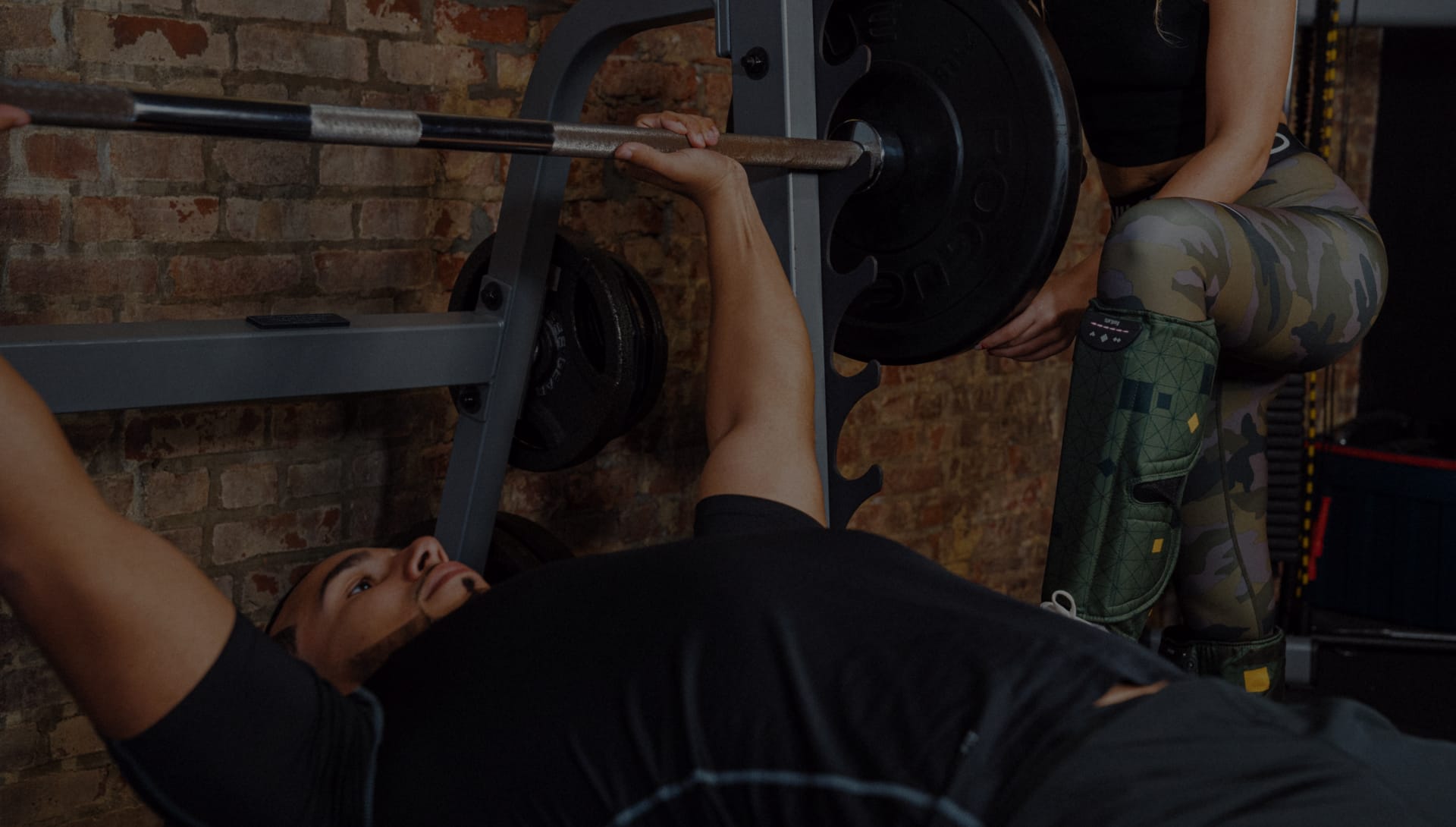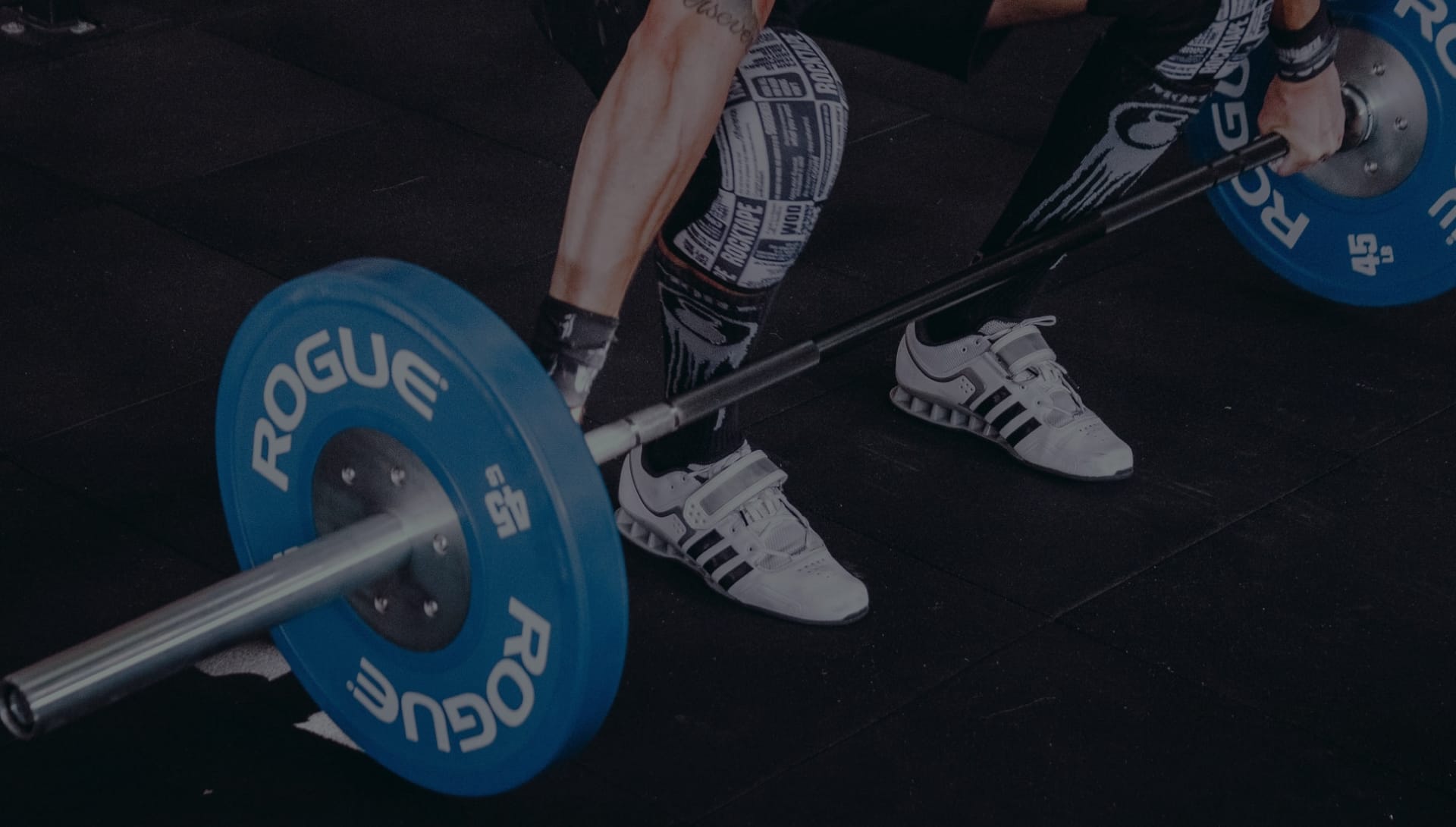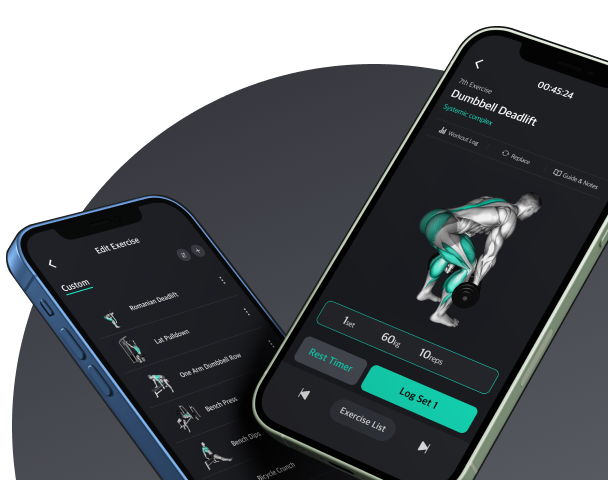Pec Deck Rear Delt Fly vs Face Pull

Maximizing Your Shoulder Exercises:
Understanding the Dynamics of Pec deck rear delt fly vs Face pull
Are you torn between Pec deck rear delt fly and Face Pull for enhancing your shoulder workout? These exercises are often hailed as the pinnacle of shoulder training, crucial for achieving that striking attire fit and the coveted square-shoulder look. Yet, many find training the rear deltoids challenging, often struggling to effectively target this elusive muscle group.
In this article, we'll explore both Pec deck rear delt fly and Face Pull in depth, assisting you in navigating these pivotal exercises. By the end of this read, you'll be well-equipped to maximize your shoulder workout, selecting the right exercise to beautifully sculpt your rear deltoids, ultimately transforming your fitness journey and shoulder aesthetics.
Pec deck rear delt fly : muscles worked, gif, tips, replacement, etc.
Pec deck rear delt fly gif, muscles worked
Coach's Tips
Pec deck rear delt fly targets the back of the shoulder. Keep your back steady and push your shoulders forward during the workout. Ensure your elbows stay aligned with your armpits throughout the movement, maintaining a consistent form. Avoid arching your back while pressing the pads together, as this can reduce the exercise's effectiveness on the rear deltoids and risk back strain.
- If you want to learn about the starting position and more detailed form for Pec deck rear delt fly
If you don't have access to a Pec deck machine, you can effectively perform Rear delt fly as an alternative to the Pec deck rear delt fly. This exercise can be just as beneficial in targeting the rear deltoids.
- If you're curious about how to execute the Rear delt fly correctly, you can follow Rear Delt Fly for detailed guidance.
Advantages Over Face Pull ✅
- Direct Muscle Isolation: The Pec deck rear delt fly excels in isolating the rear deltoids more directly than Face pull, making it superior for focused muscle development.
- Stable Resistance: Pec deck rear delt machine provides consistent resistance throughout the movement, unlike the variable tension in cable-based exercises like Face pull.
- Ease of Use for Beginners: Its straightforward and controlled movement path makes it more accessible for beginners compared to the coordination required in Face pull.
Disadvantages Compared to Face Pull❗️
- Reduced Functional Movement: The Pec deck lacks the functional movement aspect that Face pulls provide, which is more beneficial for overall shoulder health and posture correction.
- Dependency on Specific Equipment: Pec deck rear delt fly requires a specialized machine, whereas Face pull can be performed with any cable setup, offering more versatility in different training environments.
Pec deck rear delt fly alternative 🔄
Reverse Cable Fly , Bent Over Lateral Raise , Face Pull
Face Pull : muscles worked, gif, tips, replacement, etc.
Face pull gif, muscles worked: cable, rope, face pull
Coach's Tips for correct face pull form
It's a workout that targets the back of the shoulder and also has the effect of straightening the shoulder, so it's a good workout for people with rounded shoulders!
For effective Face pull, keep your back straight and shoulders down for proper form. Perform controlled pulls with elbows in, squeezing shoulder blades together, then return slowly. Avoid overextending to prevent shoulder strain. Coordinate your breathing with the movement: exhale when pulling, inhale when returning to start.
- How to do a proper Face pull - Face Pull Guide
Benefits of Face Pull Exercise ✅
- Comprehensive Muscle Engagement: Face pull target not just the rear deltoids but also engage the upper back muscles like the traps and rhomboids, offering a more holistic shoulder and back development compared to the more isolated focus of Pec deck rear delt fly.
- Enhanced Shoulder Stability and Health: This exercise promotes better shoulder joint health and stability by strengthening the rotator cuff muscles, a benefit not directly addressed by the Pec deck rear delt fly.
- Improved Posture and Functional Strength: Regularly performing Face pull can lead to improved posture and functional strength, essential for everyday activities, whereas the Pec deck rear delt fly primarily focuses on muscle isolation.
Disadvantages of Face Pulls ❗️
- Requires More Technique and Coordination: Proper execution of Face Pull demands more technical skill and coordination than the straightforward Pec deck rear delt fly, which might be challenging for beginners.
- Variable Resistance: The cable-based resistance in Face pull can be less consistent compared to the stable resistance offered by the Pec deck machine, potentially affecting the precision of muscle targeting.
- Risk of Overextension: There's a risk of pulling the rope attachment too far back in Face pull, which can cause shoulder strain, a concern less prevalent in the controlled movement of Pec deck rear delt fly.
Face Pull exercise alternatives 🔄
One Arm Face Pull , Reverse Cable Fly , Pec Deck Rear Delt
Conclusion : Pec Deck Rear Delt Fly vs Face Pull
Pec Deck Rear Delt Fly and Face Pull. Each has its unique strengths and ideal applications depending on your fitness level, goals, and physical needs.
Here's a detailed breakdown to help you determine which exercise might be the most effective and beneficial for you.

Planfit Users' Choice: Pec Deck Rear Delt Fly vs Face Pull
Based on randomly selected data from 1 million completed workouts, Planfit users seem to prefer Pec deck rear delt fly with a total of 26904 completions compared to 16113 for Face pull.
The Pec deck rear delt fly is often more popular among beginners, especially women, due to its simplicity and familiarity. In contrast, Face pull are highly favored by intermediate and advanced level for their comprehensive muscle engagement and technical nature, making them a crucial part of advanced shoulder workouts.
Curious about the preferences for other exercises? → Planfit's article
Who Should Choose Pec deck rear delt fly?
- Recommended for Beginners: Ideal for those new to strength training, offering a simple and guided approach.
- Focused Muscle Isolation: Best for individuals aiming to specifically isolate and target the rear deltoids with a straightforward exercise.
- Good for Controlled Movements: Suitable for those who prefer a stable and controlled motion to minimize the risk of injury.
Who can benefit more from a Face pull exercise
- Ideal for Intermediate to Advanced Exercisers: Perfect for those with some strength training experience looking to enhance their shoulder workouts.
- Comprehensive Shoulder and Upper Back Engagement: Recommended for individuals seeking a more dynamic exercise that targets not just the rear deltoids, but also the traps and rhomboids.
- Enhances Functional Strength and Posture: Excellent for those focusing on improving functional fitness, shoulder stability, and posture.
If you're interested in creating a workout routine that includes either of these exercises or both, start with a taste of what we offer through our workout generator. It's a simple yet effective way to design a plan that caters to your specific needs and goals.



